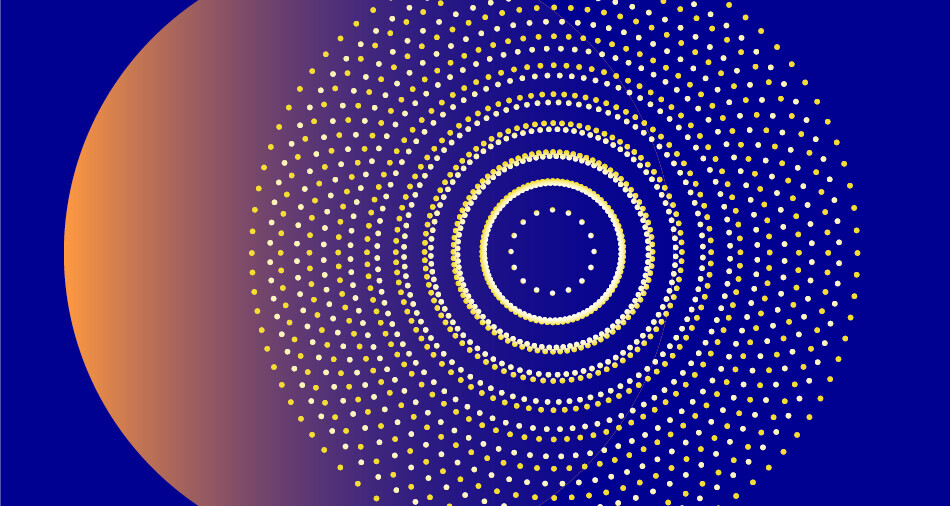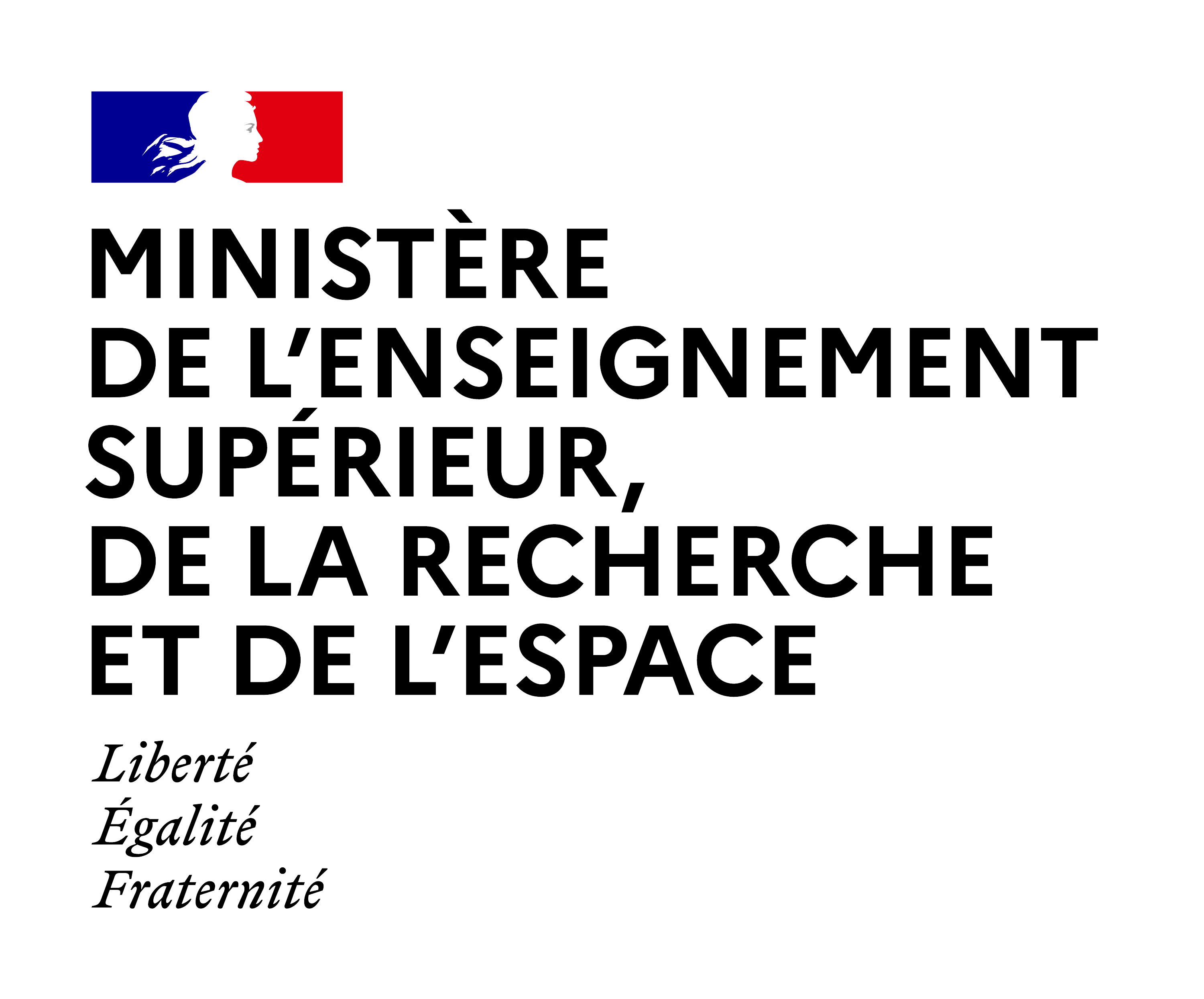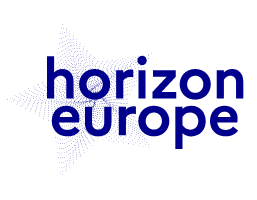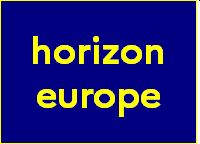Expected Outcome:
A successful proposal will contribute to the following Destination impacts: i) enhance European industrial sustainability, competitiveness and resource independence, and ii) improve on consumer and citizen benefits.
Proposal results are expected to contribute to all of the following outcomes:
- Increased deployment and demonstrated benefits of advanced digital solutions (e.g., through AI, robotics, IoT, blockchain) in circular businesses including waste management and recycling
- Emergence of new value chains using upcycled, recycled and/or biobased;
- resources, e.g. through industrial symbiosis, with particular attention to SMEs;
- Increased recycling rates and upcycling to new higher-value products;
- Increased uptake of recycled and/or renewable material;
- Increased deployment and market uptake of circular design, including design for easy maintenance, repair, remanufacturing and recycling;
- Increased reuse, refurbishment and remanufacturing rates and diffusion of new circular business practices, in particular in the uptake of repair, reuse, refurbishment and remanufacturing;
- Increased resource efficiency along and across value chains, causing a measurable reduction in GHG emissions, release of microplastics, other environmental pollution, and in the use of hazardous substances, and an increase of carbon removals.
Scope:
Predominantly consisting of SMEs, the EU furniture industry employs around one million European workers and manufactures approximately a quarter of the world’s furniture, representing a EUR 84 billion market equating to an EU28 consumption of ~10.5 million tons of furniture per annum. Despite a notable degree of knowledge and awareness of CE principles, analyses conducted in the framework of luxury furniture show that the involvement of furniture companies in CE practices, in particular those concerning reuse and recycle actions, is still marginal, and very limited use of process and product certifications has been noted.179 According to the findings of an EU-funded project180, furniture waste in the EU accounts for more than 4% of the total municipal solid waste stream. Waste arising from commercial sources is assumed to contribute 18% of total furniture waste generation across the sector. Total annual EU furniture waste equates to 10.78 million tonnes. According to European Federation of Furniture Manufacturers statistics, 80% to 90% of the EU furniture waste in MSW is incinerated or sent to landfill, with ~10% recycled. Reuse activity in the sector is considered low. Where reuse does occur, it is mostly through commercial second-hand shops, social enterprise companies or charities.
Six key cycles can be highlighted to make furniture more circular. All proposals should target several of these cycles:
- Maintain – using preventative maintenance to maximise product lifetime, e.g., a chair remains a chair;
- Repair – corrective maintenance, e.g., a chair remains a chair;
- Reuse – redistributing products through a change in ownership, e.g., a chair remains a chair;
- Refurbish or remanufacture products to optimize lifetime, e.g., by resizing a desk or changing the appearance of a chair through re-upholstering to extend ‘fashion’ service life, or resizing desks;
- Repurpose – change functionality of the product, e.g., a desk becomes a table;
- Recycle – recovering the value of components and materials for feedstock as secondary materials in new products.
Key strategies to achieve the circularity transition are circular design including the smart use of biobased materials, a shift from products to services, extended product life through design, safe and circular material choices, increased material efficiency, and modular design. It is evident that circularity concepts must be anchored in the design phase of products and aim at the user. All proposals should therefore address to some extent circular design strategies.
Projects should demonstrate and deploy at large scale innovative solutions and designs for increased quality, non-toxicity and durability of secondary and renewable materials and increased share of secondary and renewable materials in new products. Projects should demonstrate increased recovery, recycling and upcycling rates and a higher uptake of secondary materials for high value applications. Projects should also demonstrate circular business practices, in particular in the uptake of repair and reuse, remanufacture, product-service-systems, and in the full lifetime of products or services. To achieve this, targeted market size, economic feasibility, cost efficiency and social acceptance need to be addressed. To break down the barriers for this transition, it is important that proposals involve and address the different perspectives of all relevant actors, e.g., manufacturers, retailers, consumers and Civil Society Organisations (CSOs). Proposals should consider the use of digital solutions (including technologies such as AI, robotics, IoT and blockchain) in particular with a view to the implementation of the digital product passport, and demonstrate their benefits for increased circularity. They should also help produce harmonised and robust methods to assess the amount of recycled content in sectoral products, which is key for a future review of green claims through authorities and consumer organisations. Environmental, social and economic impacts should be assessed from a lifecycle perspective as product, organisation and consumption environmental footprints, using the respective methods developed by the European Commission (Product Environmental Footprint, PEF, should be used for the assessment of the environmental impacts) and through costing methods and a dynamic LCA; relevant data should be fed into the European Platform on Life Cycle Assessment, following the specific Environmental Footprint data and format requirements. The functional performance of technologies and secondary materials can be assessed through the EU Environmental Technology Verification (ETV) scheme. Considering the microplastics and microfiber pollution and hazardous substances that are present in the targeted waste streams, their removal from the materials used for the products in concern as well as from the recovered material is crucial, in addition to applying less-polluting production and consumption procedures. Decontamination levels need to be properly addressed and accumulation prevented. Proposals should fully incorporate the Safe and Sustainable by Design (SSbD) approach. All results should be validated using quantitative indicators and targets wherever possible.
Proposals should also envisage policy recommendations for increased warranty and cascading use. They should also provide for the development of training material to endow workers in this occupational group with the right skillset in order to deploy the new technologies developed. Proposals should consider the development of learning resources for the current and future generations of employees, with the possibility to integrate them in existing curricula and modules for undergraduate level and lifelong learning programmes. The projects should provide contributions to relevant standards or best practices.
Social innovation is recommended when the solution is at the socio-technical interface and requires social change, new social practices, social ownership or market uptake.
To the extent that proposed solutions will address the role of the consumer, proposals should seek to contribute to the goals and cooperate with the services of the European Commission’s Circular Cities and Regions Initiative (CCRI). Joint activities with CCRI projects are encouraged.
The targeted TRL at the end of the projects is 6 to 8.





